OCCUPY BLACK ROCK! THE METAPOLITICS OF BURNING MAN by MARK VAN PROYEN
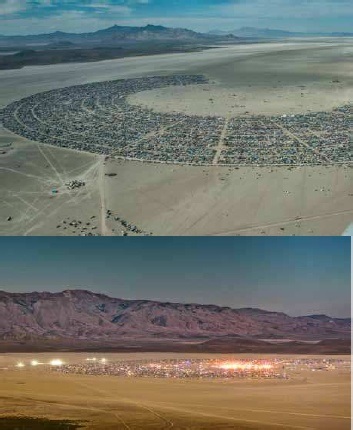
BOTTOM Black Rock City seen from Old Razorback Mountain
Photo: Peretz Partensky
This image followed a long year of public demonstrations that started at Cairo’s Tafir Square in late January 2011, spread to the shores of Tripoli and then moved on to Damascus. In September 2011, it arrived in New York’s Zucotti Park, a tiny sliver of public space surrounded on all sides by the world’s most prominent financial institutions. According to the surging multitudes that participated in what would come to be known as Occupy Wall Street, those institutions were evil, and needed to be called into account.It took the major media a full ten days to report the story of the occupation of that little park, although the story had already been thoroughly distributed via social media networks. The movement’s rhetoric was ingeniously crafted for those modes of distribution, and usually took the form of declarative slogans. These proclaimed that the protestors represented the 99 per cent of the American population that would no longer stand for being fleeced by irresponsible government tax policies, a lack of regulation of the financial markets and a vast system of political bribes routinely called “campaign contributions.” Conservative commentators squealed “Class War!” in comic disregard of an OWS placard reminding its readers “they call it class war when we fight back!” From the OWS point of view, that war had been ongoing since Ronald Reagan’s first term in office. When the major media did get around to picking up the story, “What do they want?” or “What are their demands?” were published everywhere, as if the protestors were unintelligible in their calls for economic justice and political fair play. OWS did not give in to the “demand for demands” and this is crucially important, because their movement never was nor is now a conventional exercise in political advocacy. It is much better to describe it as a case of spontaneous socio-cultural upheaval intended to reshape contemporary political priorities into a more ethical form. In an America where an uber- wealthy minority has garnered a proportionally larger piece of the economic pie for decades, one might have anticipated that the protesters would have adopted a more conventional form of utopian rhetoric. But theirs was decidedly pragmatist. They pointed at real problems that could and should be solved in a political practice governed by simple sanity. One sign read, “I don’t mind you being rich. I mind you buying my government out from under me.” The sign referred to the draconian political atmosphere created when the Supreme Court voted five to four to overturn the McCain/Feingold Campaign Reform Act in the now infamous Citizens United vs Federal Election Commission decision of 2010. 3
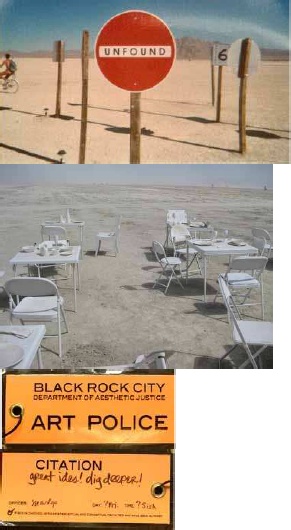
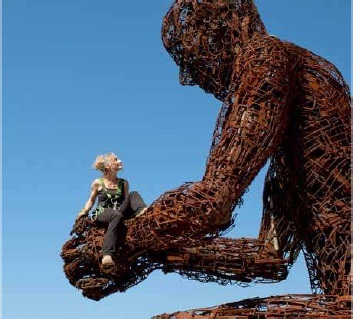
PHOTO: ROGER MINKOW M.D.
The event was and still is Burning Man. Since the early beginnings of the Internet, many observers have postulated that there was revolutionary potential in its ability to widely and instantaneously distribute unmediated information. Some have proclaimed it to be the new commons, this in recognition of how the forces of neoliberal corporatism have turned the old commons into shopping malls of various kinds, those being places where the subtle doctrine of “pay to play” began to slowly displace all other opportunities for political participation. Burning Man was the first major instance of an organized recognition of this new communal possibility of the digital revolution, and the first to act upon it at any meaningful scale. It did so by “occupying” a piece of public land in a wilderness area, and then configuring itself as a kind of free city where monetary exchange and corporate advertising would not be allowed. Participation, collaboration and self-reliance were upheld as paramount civic virtues, and art was defined and welcomed as the product of any “radical free expression” that any person could devise, regardless of any lack of previous experience or education. When web-browsing software first became available in 1994, Burning Man was already nine years old, and had already been using email networks and virtual bulletin boards to distribute its messages to a growing audience. The emergence of such communications technologies were a natural fit for the event, and even to this day, it has never paid for any advertising beyond the printing and mailing of its own promotional materials. That was the same year that the mass media initially came out to report on the event. The following year, the population doubled, making it clear that a tax on participants was needed to cover necessary costs for staging the event on a much larger sale. Admission tickets were sold, and federal rules were re-written so that the federal Bureau of Land Management could charge the organizers of Burning Man a hefty fee to use the space. Soon after that, much more money was spent in legal fees to support litigation that should have never have come to any court’s attention, if constitutional guarantees of rights to free assembly and self-expression were deemed worthy of any respect. But they weren’t, because it was difficult to convince certain political operators that the self-expressive thing that had engendered Burning Man’s free assembly of pilgrims had anything to do with art. From their point of view, what was happening at an increasingly large scale every year in the Black Rock Desert on Labor Day weekend was much more frightening, in that its almost complete lack of artistic supervision portended something akin to a mass participation Satanic ritual.7 It also threatened to unmask the lie that art had become.
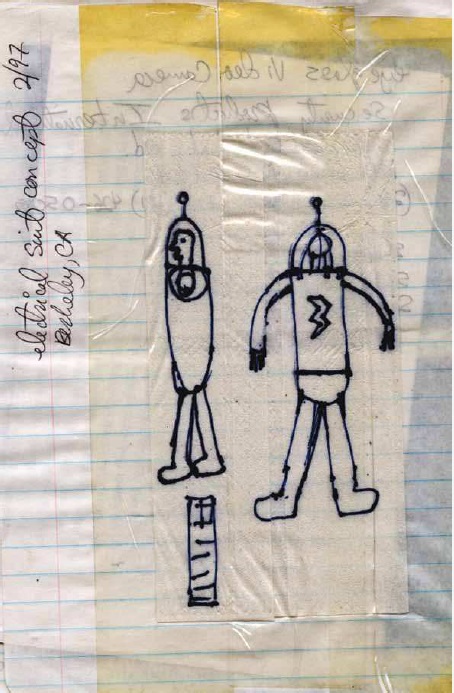
For all of Burning Man’s claims of being a place apart from the default world that it pretends to leave behind, it nonetheless does seem that the event sustains an oblique relationship to that world. During the technologically addled 1990s, Burning Man seemed to be prophetically far ahead of the cultural environment surrounding it. The chief reason for this was its far-reaching imagination of the ways that new technology could recast how social relations might be reconfigured in critical relation to what Naomi Klein would later call “Disaster Capitalism.”17
1.











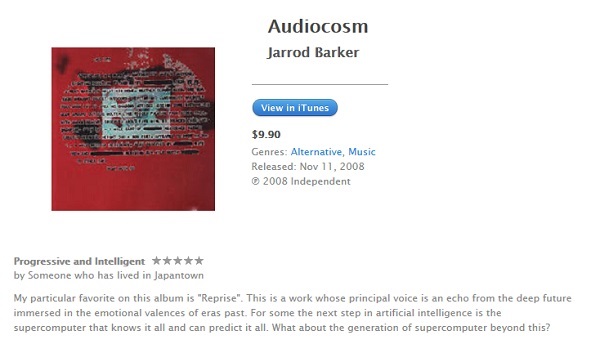

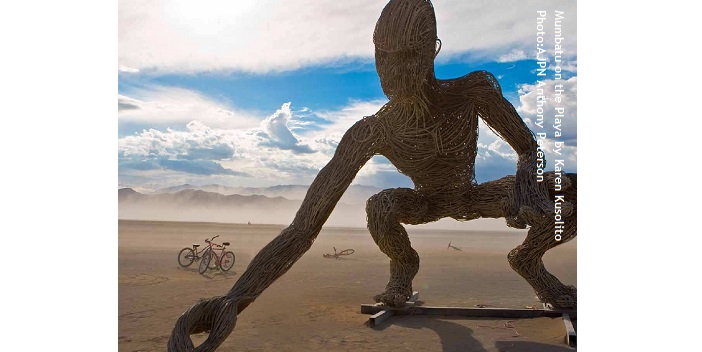
Leave a Reply
You must be logged in to post a comment.